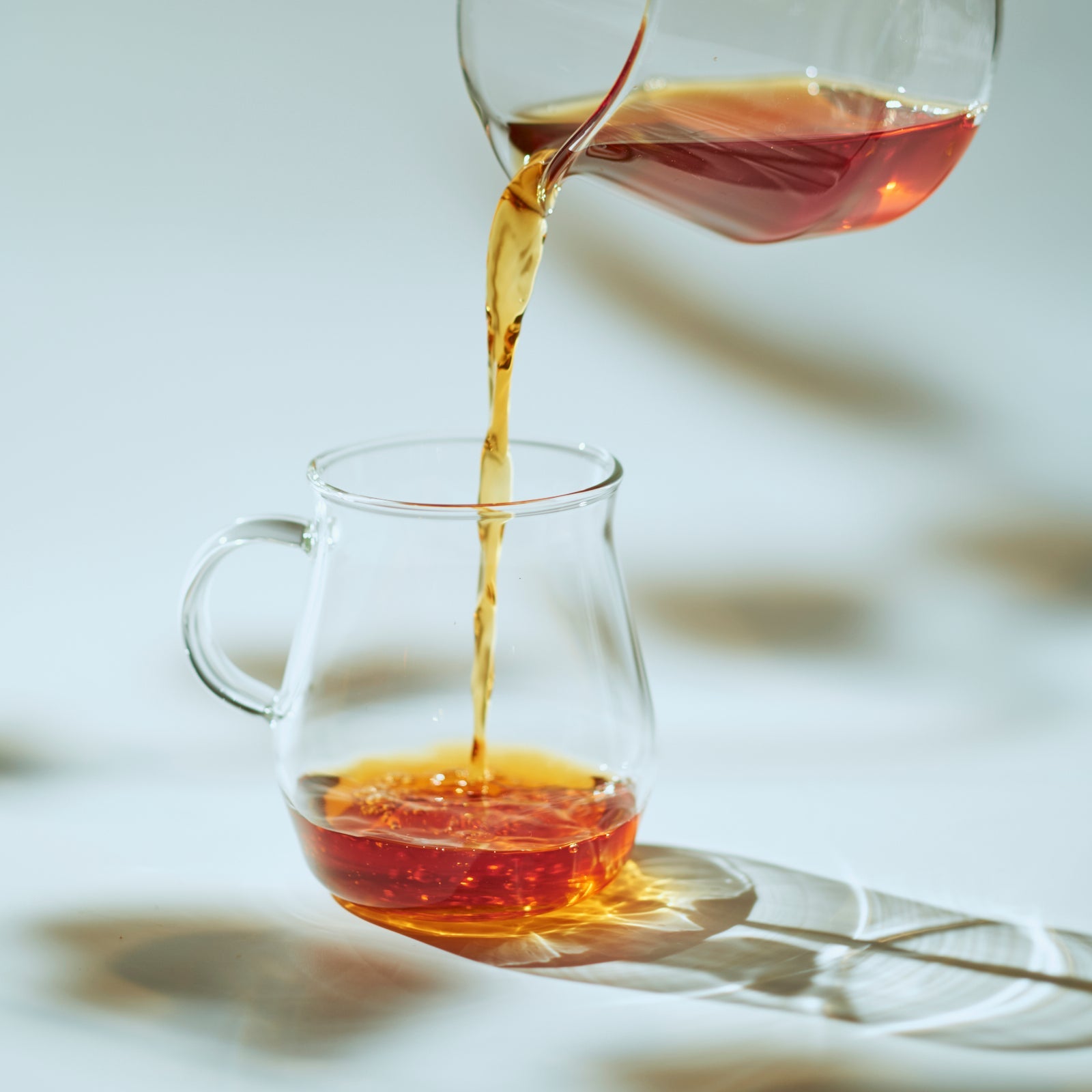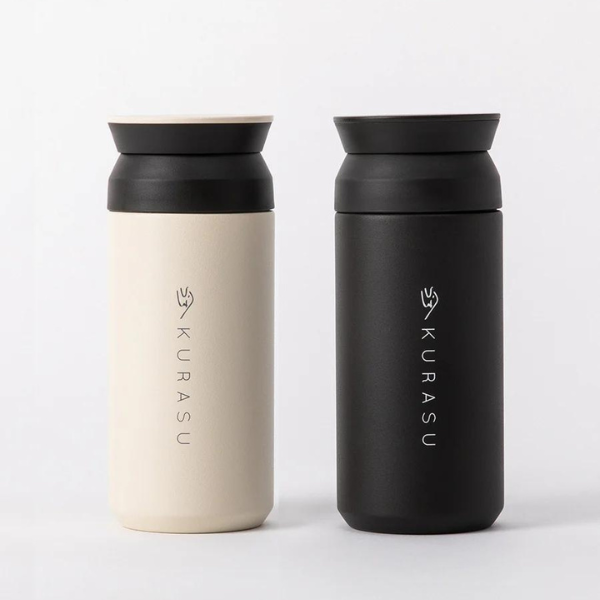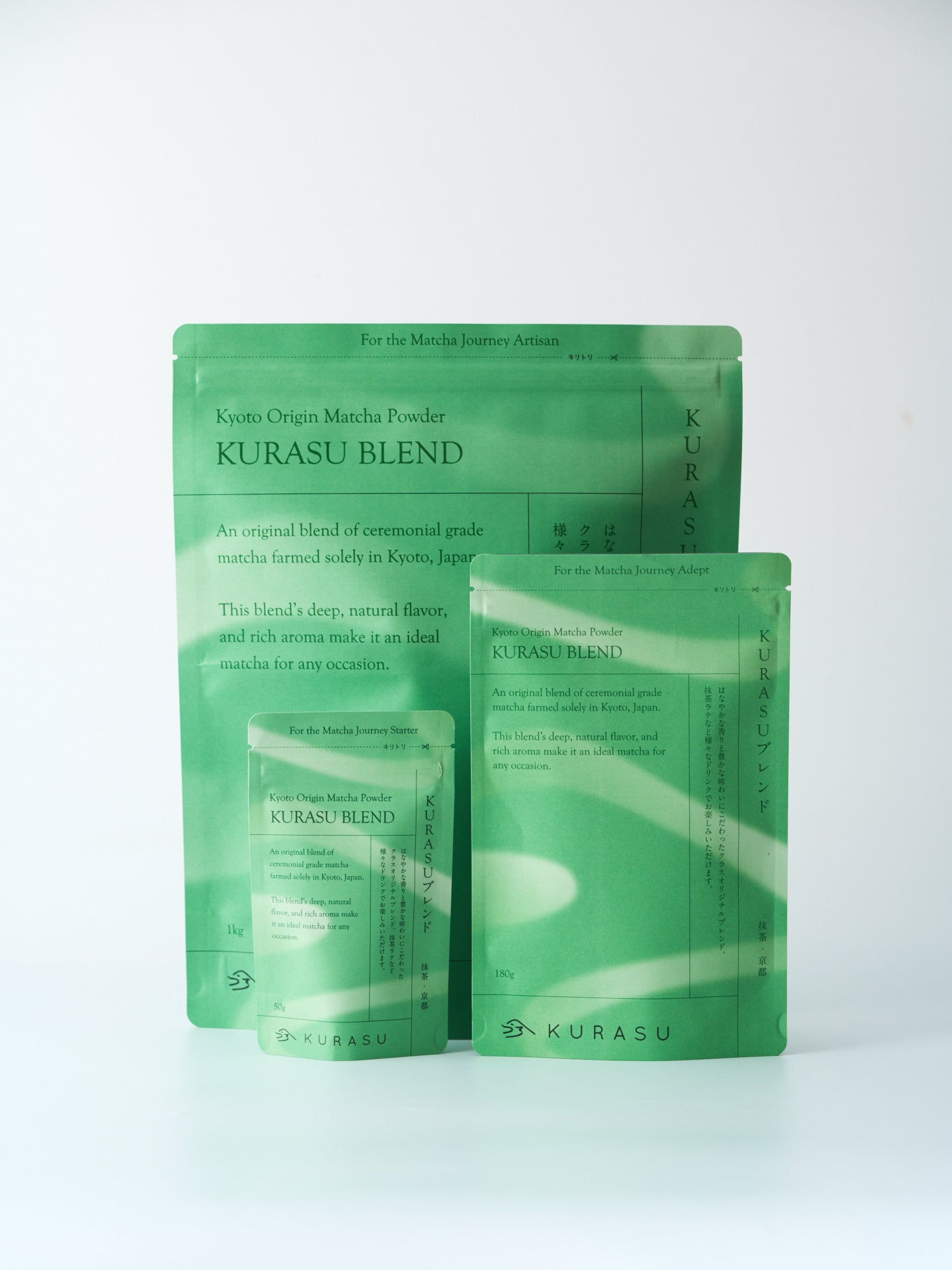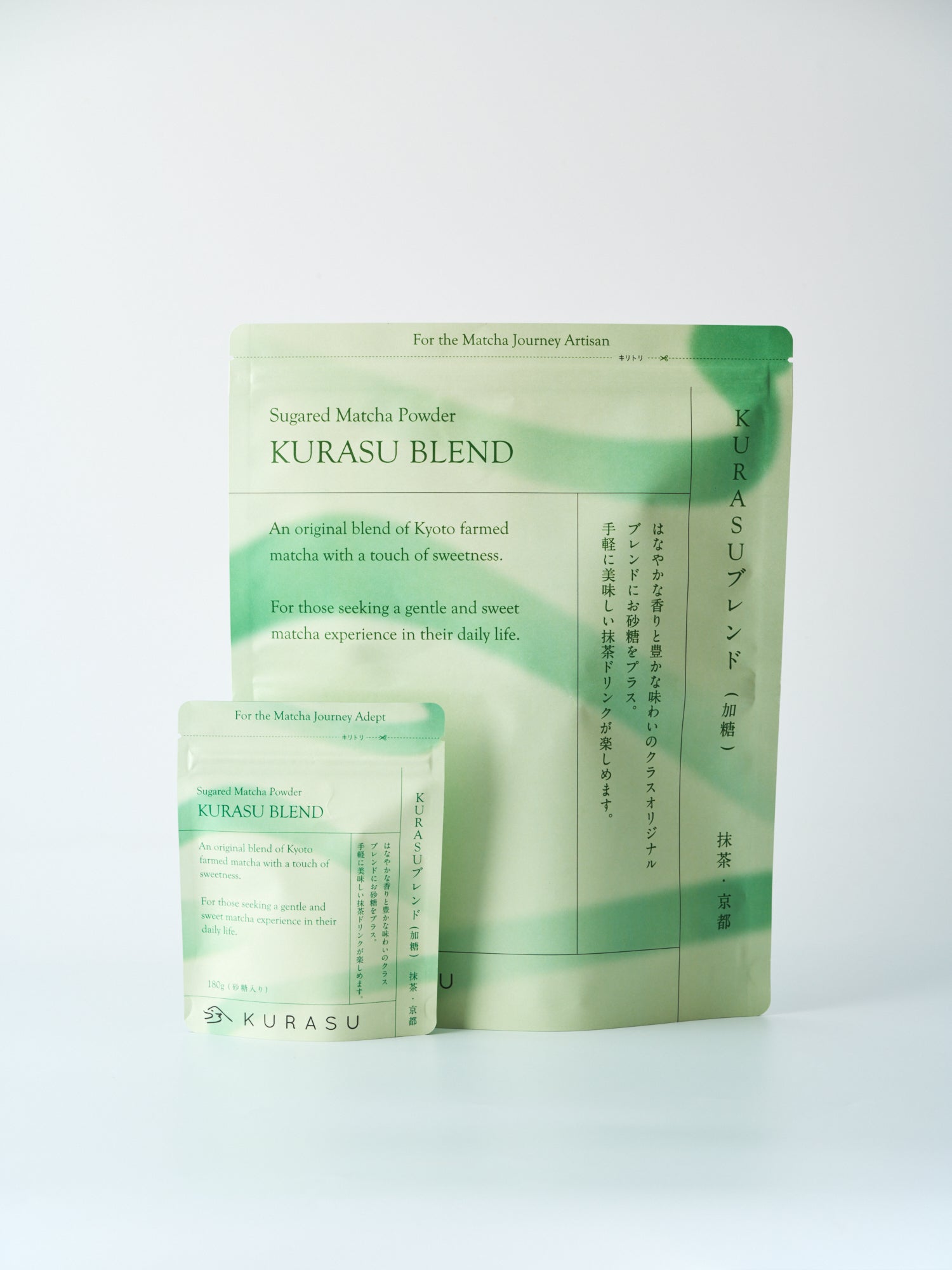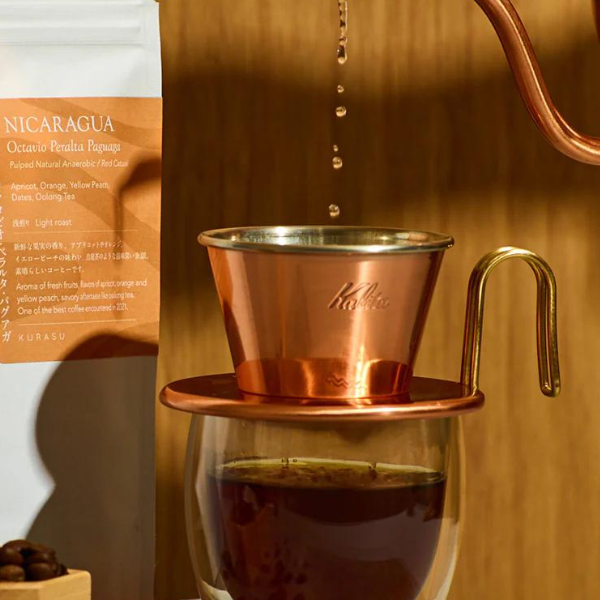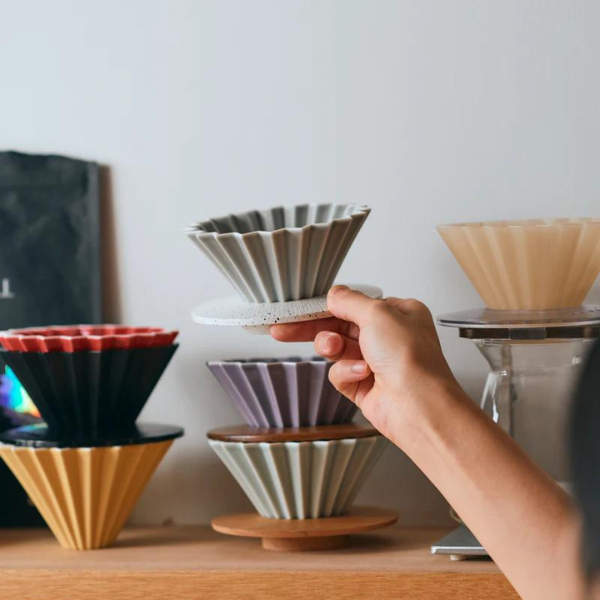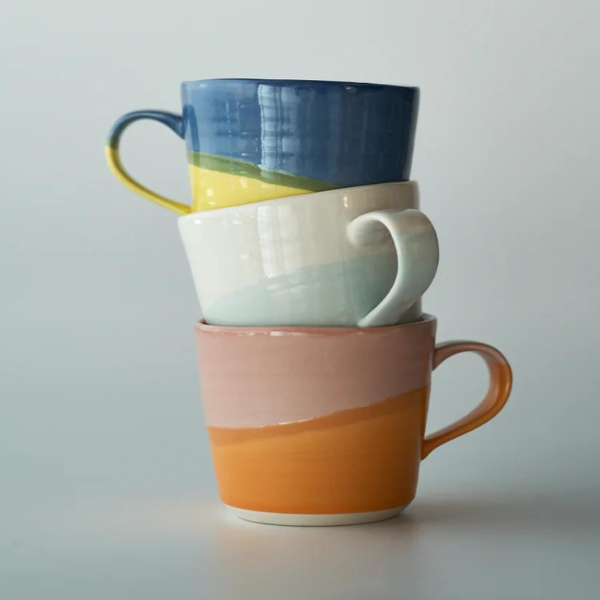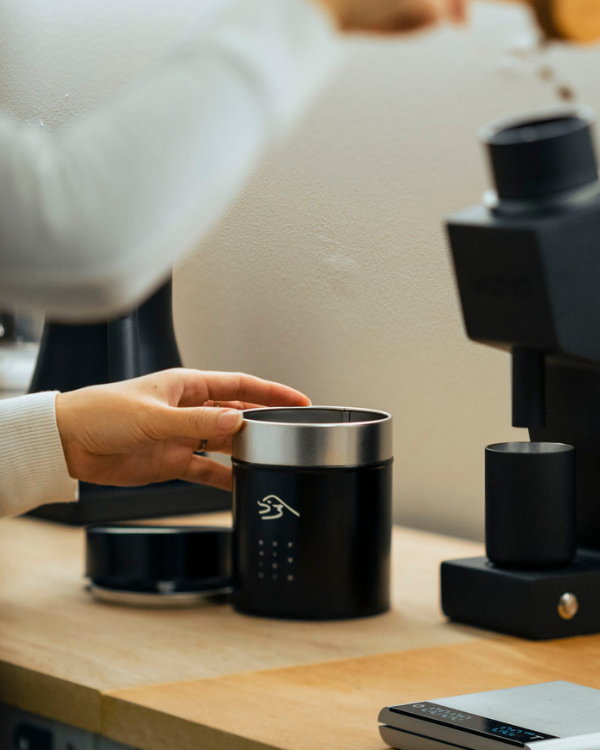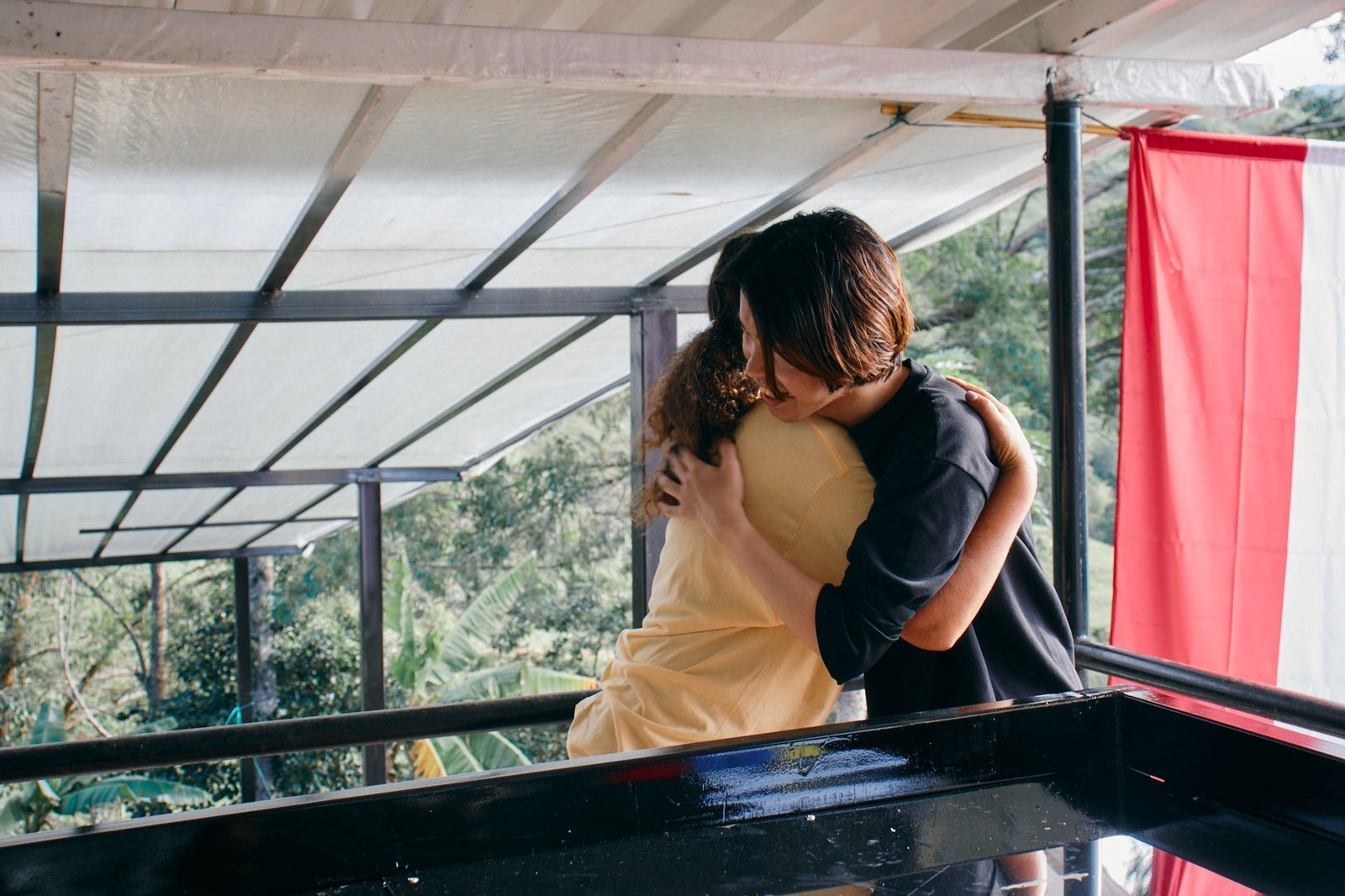It's Takuya, a head roaster at Kurasu. I had an opportunity to visit Colombia from the end of March to early April this year. Following the first half of my report, I'd like to share about my visit to the farms and the producers there.
After attending COLOMBIA WASHED COFFEE FESTIVAL (CWCF), we visited some of the producers who submitted their sample products to the festival.
The farm we visited first was Alejandro Renjifo's farm. He is a coffee producer as well as the director of Fair Field Trading (FFT) who hosted the festival. His farm is in San Agustín, Huila, which is about an hour's drive away from the festival venue.

Located at an altitude of 1,700-1,900 meters above sea level, the estate grows varieties like Geisha, Typica, and Castillo. Alejandro's Geisha and Typica received high scores at the festival, with impressive floral aromas like jasmine and complex fruit flavors like peach and orange. The highest score was given to his Geisha, which is grown at the lowest elevation among his estates, reminding us that altitude is not everything, and that the quality of coffee is linked to the environment surrounding it.
The name of his farm, “Reina de Saba,” comes from an anecdote about the Queen of Sheba in the Old Testament. Like the Queen who King Solomon desperately pursued, he hopes to produce a coffee that is so great that coffee roasters desperately desire-we are happy to share his Geisha with you all.

(Alejandro and his son, Sasha)
After San Agustín, we moved on to Tarqui area in Huila. While Colombia is generally known for it's mountainous terrain, Tarqui has an especially extreme terrain- within 100m apart there are different microclimates existing side by side. This special environmental factor contributes to Tarqui's unique varieties of coffee.

Carolina Andrea Claros, who won the first prize at CWCF, grows Colombia and Caturra variety, and the Colombia variety has been passed down since 1970's. While she was very modest about her achievement, saying the winning was "God's blessings," it was clear that she manages her estate with strict standards to achieve high quality.

Carolina, the head of the estate, was born into a family of coffee farmers for generations- she grew up with coffee, stayed passionate about producing high quality coffee.
"The quality of coffee we grow is directly reflected on our income. By becoming successful, I want to inspire my children and people around me. I work to be a role model for others," she says.
In many coffee producing countries including Colombia, many people are closing their farms to pursue other career, or do not have anyone to succeed their business. During our visit, a farmer told us that their son has gone to Bogota to work for the government, and there is no one left to help with the farm. Through her work, Carolina hopes to promote the beauty of coffee production to tackle those pressing issues.
She says she's planning to invest the prize and sales money in her facility such as purchasing a motorcycle to transport coffee cherries. Her winning lot of Caturra-Colombia was a truly wonderful cup reflecting the terroir and her dedication and love for coffee.
Due to the mountainous terrain, transporting cherries in Tarqui is no easy feat. Currently, Carolina uses horses for the task, and we could also see varieties of methods at other farms.

The photo above shows a wooden pipe that flushes the cherries with water from higher point to the lower point.
The photo below shows a cable car that carries baskets full of cherries. This method can transport not only from higher ground to the lower but also the other way round.

(They made an exception and let me ride it)
In Colombia, 94% of coffee producers are small-scale farmers with a land less than 5ha, and only 1% have farms larger than 10ha. These facilities are not widespread among all farms, and the quality and quantity of equipment varies from estate to estate.
We then drove seven hours to Gaitania, Tolima. This area is characterized by a climate in which there is no clear boundary between the wet and dry seasons, and it rains continuously all year round. This makes it possible to harvest throughout the year, but the variability in cherry maturity makes picking difficult and cherry drop is frequent, which demands greater care in harvesting. Recent climate change has also increased the frequency of La Niña, making it more difficult to predict the timing of rainfall.

(We experienced a squall during our visit.)
Carlos Soto, ranked 5th in the CWCF, inherited the coffee farm from his grandfather and grows Colombia, Castillo, and Cenicafé. He utilizes a traditional Tolima drying method called "Casa Elba". The roof of the building is movable so that drying can proceed according to weather conditions. After pulping, the beans are fermented without water for 30 hours, washed, and then first dried in the Casa Elba for 4-5 days, followed by 2-3 weeks of sun drying on the patio to properly control moisture levels and produce a clean taste. Carlos has recently learned this method of processing from a neighboring producer, and he feels that the quality is improving.

Carlos himself has not yet been able to get a cup himself, but he said he would like to train at the producers' association office in the future. Not many producers are interested in cupping coffee- his interest and passion will surely lead his farm to an even brighter future.
We then visited Lisandro Quilcue, also in Gaitania, with whom we have been nurturing a relationship since our first purchase three years ago. I was very happy to finally be able to visit his farm for the first time.

His estate is run by Nasa people, an Indigenous group in Colombia. The Nasa community has developed their own culture and language, and a peace agreement was signed between them and the country of Colombia 28 years ago. Their culture make a very important part of the Colombian nation. Coffee production is at the center of their lives, and Lisandro is a leading figure for the Nasa people.
"It is important to show people that we make quality coffee," Lisandro says. "Coffee is an important industry for us Nasa people, and I hope everyone to follow in my footsteps."
As to what we can do to contribute as consumers, the best way is to purchase their coffee at a fair price. We are planning to continue nurturing this relationship with Lisandro and his community, and we'd love for you to try his coffee.

Our last stop was Astrid Medina's farm, Buena Vista, which was awarded first place in the COE in 2015. Her high quality produce is only a part of her contribution to the world- she invests all of her sales from the prized crop and most of her income every year to invest in the farm's facility and to help improving working conditions of the pickers. Rather than living in luxury, she chooses to put her money and time into helping the people around her and those involved in coffee.

When we visited her farm, she thanked us for visiting, and said "You can never truly know the hardships of others until you have been in their shoes." As obvious as it may sound, visiting the farm in person really helped me to understand that everything that's happening there- picking, sorting, terroir, climate, what people eat and where they sleep- is connected that cup of coffee we drink every day.

We have been purchasing her coffee for the last 3 years, and throughout those crops her coffee is always delicate, floral, with the sweetness strong at the core. I felt that her coffee reflects her personality: caring, loving, and staying true to her core value- I'm so happy that we will continue to be able to share her wonderful coffee with Kurasu community.

Through this origin trip to Colombia, I was reminded of the complexity of the story behind a cup of coffee and how the choices made by the buyer can affect the future of coffee. We would like to thank SYU・HA・RI, Fair Field Trading, and all the producers for providing us with this wonderful opportunity.
Stay tuned for the Colombian coffees arriving soon!

